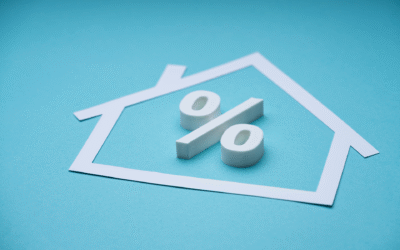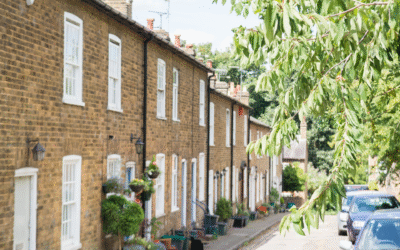Bank of England Base Rate
The Bank of England Base Rate remained unchanged at 5.25% in May.
There was speculation that the rate may be reduced at the next meeting on June 20th. However, since the Prime Minister announced a General Election and with inflation still being a primary focus (albeit much close to the 2% target), some reports suggest there could be a weaker case for a rate cut in June.
Mortgage Rates
Mortgage rates remain relatively higher than expected given the current landscape.
Moneyfacts reported that fixed rate increases gathered pace in May. It reported that average rates for both 2 and 5 year fixed products had increased.
The good news is that some lenders actually cut their rates. These lenders included mainstream lenders such Barclays and HSBC and the news was welcomed by both clients and advisers.
However, Moneyfacts reported that the number of lenders increasing their rates outnumber those cutting.
Why are mortgage rates high at the moment?
Mortgage fixed rates are not directly tied to the Bank of England Base Rate.
Many lenders obtain the funds for mortgages from financial markets, where they are priced using Swap Rates.
The pricing of Swap Rates is influenced by market sentiment and future forecasts regarding the Base Rate, rather than its current level.
Recent reports indicating that the Bank of England may delay potential rate cuts led to an increase in Swap Rates, which subsequently raised mortgage fixed rates.
Conversely, for variable rate mortgages, particularly Trackers that follow the Bank of England Base Rate, there has likely been little to no change
What are lender fees higher at the moment?
You may notice, particularly with buy to let mortgages, that some lender fees are higher at the moment.
Although the immediate reaction may be an opinion on profiteering, this isn’t necessarily the case.
With buy to let mortgages, some products have fees of 5%+ of the loan. This may seem like a lot compared to a fixed fee of around £1000-£2000.
However, as the landscape has changed and rates have increased, lenders have had to innovate in order to help borrowers meet stress tests and/or lend the money they need.
You will find that higher fee products come with lower rates. In many cases, these rates are artificially low and this is countered by a higher fee, in order to be viable for the lender.
If you crunch the numbers, you may find that in many cases, the total you pay in interest and fees over 5 years is very similar between a low rate / high fee product and a high rate / low fee product.
The difference tends to be how much you can borrow based on stress tests and in the cases of buy to let products, rental calculations.
This means that you may be restricted on what you can borrow on a higher rate / lower fee product which is why the higher fee products exist. If your priority is to borrow more, the lower rate / higher fee option may be the only route available to you.
Although it might seem like a shock to hear a 5%+ fee, it’s important to understand the rationale behind it, compare it properly to a low fee (higher rate) option and make sure you select the right option based on your needs and priorities.




